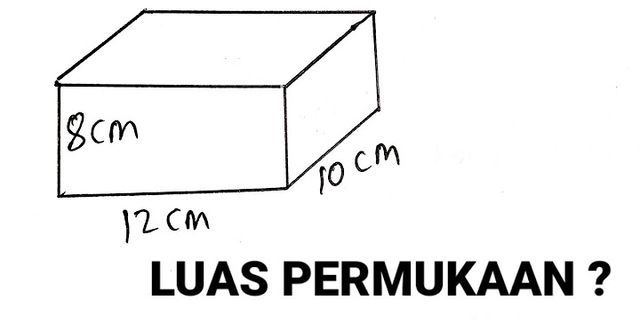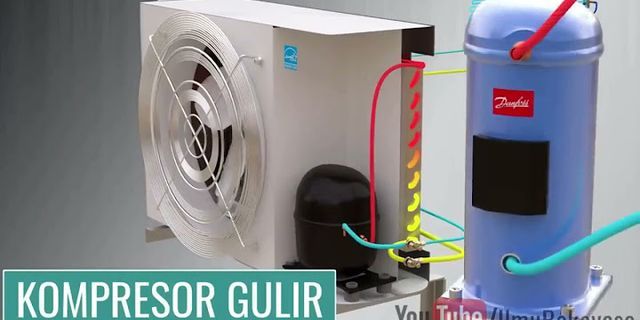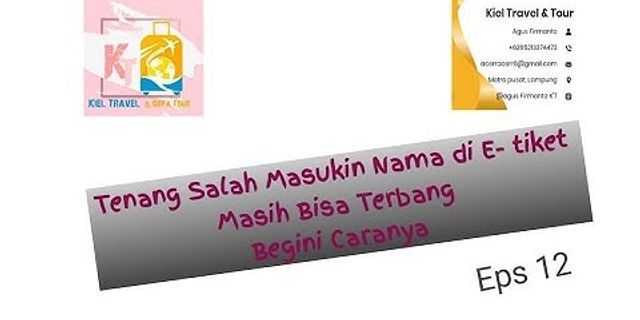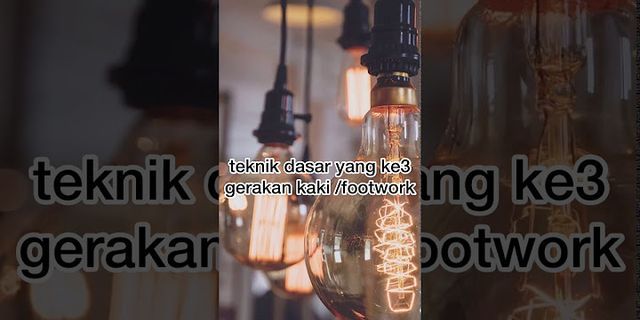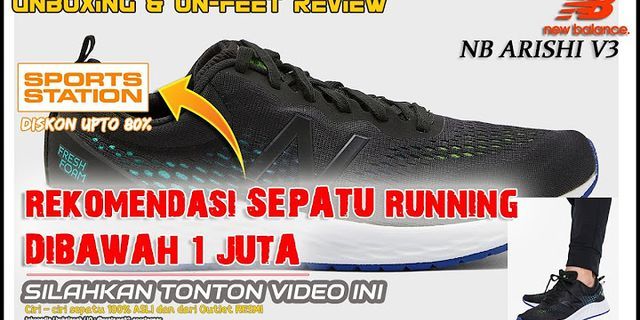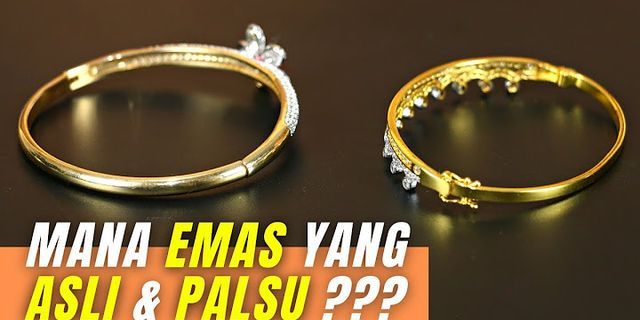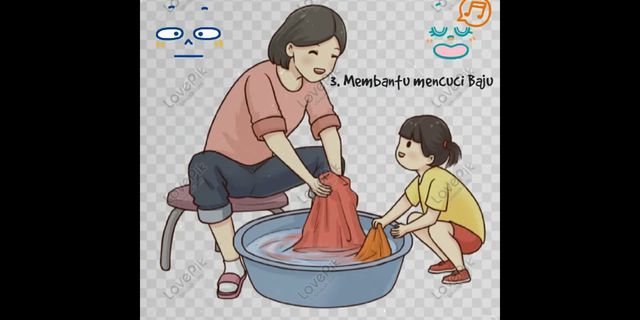1. Process. Anodizing is an electrochemical process, which thickens and strengthens the existing thin natural oxide coating, while powder coating is an electrostatic process that electrostatically charged dry powder is sprayed for coating. Show 2. Color choices. Anodising has a very limited choice of colors, matching with the building color scheme is difficult. But powder coating has unlimited colors to choose from, it can match any building color scheme. 3. Finish. Anodizing is available in clear and satin finishes, powder coating is available in simple matt, satin, and gloss finish to super matt, gloss, and textured finishes. 4. Color variation. Anodizing shows shade variation between batches, the color formed by powder coating is consistent and uniform, with no shade variation between batches. 5. Uses. Anodizing can be done only over aluminum products, powder coating can be done on any surface, such as steel, wood, composite, etc. 6. Repairing & repainting. Anodizing can’t be repaired, dented, or repainted, anodized aluminum products need to be protected by wrapping in the construction stage. Powder-coated parts can be repainted easily, and the product will retain the same color and texture after denting and repainting. 7. Strength. Anodizing is harder than powder coating. 8. Wear and abrasion resistance. Anodized components are highly resistant to wear and abrasion, easy to clean and maintain. Powder coating is not wear-resistant and abrasion-resistant as anodizing. 9. Lifespan. Anodized parts have a longer life than powder-coated objects. 10. Applications. Anodized aluminum or products are usually used in high traffic areas and applications subjected to continuous wear and tear. Powder-coated products are not usually preferred in heavy traffic areas. 11. Durability. Anodizing becomes a part of the metal, but powder coating is just a coating. On exposure to external atmospheric conditions like sunlight, moisture and heat, anodized parts never fade or peel off. No effect on any climate changes or heat. Powder-coated parts are vulnerable to external atmospheric conditions and may fade on long exposure to sunlight, crack or peel off on exposure to humidity and moisture. 12. Chemical resistance. Anodizing is vulnerable to chemical attack, hence to be protected from cement, lime, etc., in the construction stage by wrapping it. Powder coating can resist chemical attacks better than anodizing. Cement and lime have no impact on powder coating. 13. Price. Anodizing is relatively costly, and a powder coating is cheap. 14. Recycling. Anodized materials can be recycled directly without any coating removal, the recycled product has the same properties as a virgin product, powder coating has to be removed before commencing recycling. 15. Surface visibility. Weld joints are visible in anodizing, powder coating covers the welded joints.
Kelebihan dan Kelemahan Powder Coating. Powder coating adalah metode pengecatan menggunakan bahan bubuk khusus untuk pewarnaan pada media logam dan material keras lainnya seperti besi dan aluminium. Kenapa?, karena bahan yang terbuat dari aluminium sangat sulit untuk dilapisi terutama dengan menggunakan cat basah.
 Lalu apa saja kelebihan powder coating?
Kelebihan Powder Coating :1. Warna lebih tebal Teknik cat Powder coating menghasilkan warna yang lebih stabil dan lebih tebal dibanding dengan teknik lain. Ketebalan mencapai 350 micron, sedangkan ketebalan cat minyak umumnya sekitar 30 - 40 micron. 2. Permukaan Keras Selain warna yang tebal, permukaan akan lebih keras, sehingga menjadikan perlindungan metal atau logam lebih tahan gores. 3. Sifat adhesif lebih kuat Kuatnya sifat adhesif mengakibatkan serbuk powder lebih menyatu dengan logamnya. Perlakuan chemical pre treatment dan proses bake oven hingga 200 derajat Celcius, mengakibatkan proses melting dari bubuk powder lebih menyatu dengan media. 4. Menutup pori - pori dengan sempurna Proses Powder Coating yang merata dan warna yang tebal, akan membuat pori-pori benda tertutup dengan sempurna. Berbeda dengan cat minyak, pada jangka waktu tertentu akan terdapat retakan kecil dan tidak terlihat kasat mata, dimana lama kelamaan retakan ini bisa menjadi jalan air, embun maupun uap untuk masuk ke pori - pori yang lama kelamaan bisa memicu terjadinya karat. 5. Efisien Penggunaan teknik cat powder coating dianggap lebih efisien dan hemat dibandingkan dengan teknik lain. Penyebaran warna bisa menghemat penggunaan bahan cat secara langsung. Selain itu dengan bantuan alat, semua pekerjaan bisa dilakukan dengan mudah. Bahan untuk penerapan powder coating'pun juga lebih murah dibandingkan dengan model cat lain. 6. Ramah Lingkungan Media yang menggunakan powder coating aman untuk kesehatan dan sangat ramah lingkungan. Tidak ada bahan khusus untuk melarutkan cat, yang bisa membuat cat terkelupas dan menyebabkan sampah lingkungan. Bahan cat yang masih berupa powder basah sekalipun tidak menyebabkan bau menyengat. 7. Aman Bahan cat bubuk aman untuk kesehatan, baik untuk saluran pernafasan maupun kulit jika terkena kontaminasi langsung. Tetapi, penggunaan perangkat keamanan harus tetap diperlukan untuk mengurangi resiko yang tidak diinginkan. 8. Kualitas Baik Proses powder coating pada suhu tinggi dan teknik penghilangan karat yang dilakukan sebelumnya akan menciptakan hasil yang berkualitas baik dan tahan karat. Benda yang dilindungi dengan cat powder coating mampu bertahan dari panas maupun hujan jauh lebih baik daripada cat biasa. Ketahanan kualitas cat powder coating bisa sampai 10 tahun. Kelemahan Powder Coating :
Memilih pengecatan dengan powder coating ?
If you are producing an aluminum part or product, you likely want it to have a protective and attractive surface treatment. And with all the options available, it’s easy to get overwhelmed. This article compares two of the most popular surface finishing processes: anodizing and powder coating. If you want to understand what these two treatments are about, or if you’re on the fence trying to choose between them, this article will help you make the right choice. What is Anodizing? A collection of clear and color anodized aluminum parts Aluminum naturally develops a thin layer of oxide on its surface when exposed to air. This oxide layer is passive, meaning it no longer reacts with the surrounding environment — and it protects the rest of the metal from the elements. Anodizing is a surface treatment for aluminum parts that takes advantage of this oxide layer by thickening it. Technicians take the aluminum piece, such as an extruded part, submerge it into an electrolytic bath, and run an electric current through it. By using aluminum as the anode in the circuit, the oxidation process occurs on the surface of the metal. It creates an oxide layer thicker than the naturally occurring one. This artificial oxide layer enhances the properties of the naturally-formed oxide layer, such as resistance to wear and corrosion, increased heat dissipation, and improved glue and primer adhesion. The resulting surface is also perfect for adding dyes, and the finishing service provider can recycle the chemicals in the electrolytic bath for future anodizing projects. Please refer to our anodized aluminum article to know more about this process and its advantages. What is Powder Coating? Bright powder-coated metal springs Powder coating is another type of finishing process used on a wide variety of metal products. This process results in a protective and decorative layer on the surface of the treated product. Unlike other coating applications (e.g., painting), powder coating is a dry application process. No solvents are used, making powder coating an environmentally friendly alternative to other finishing treatments. After cleaning the part, a technician applies the powder with the help of a spray gun. This gun applies a negative electrostatic charge to the powder, which makes it attracted to the grounded metal part. The powder remains attached to the object while it’s cured in an oven, turning the powder coat into a uniform, solid layer. The resulting coating is very durable and attractive. You can apply it in thick layers and a wide variety of colors and textures. If you’d like to know more about the process, please see our article on powder coating. Anodizing vs. Powder Coating: How They CompareThe following table shows a direct comparison between anodizing and powder coatings as surface finishing processes. Typical Applications for Each of These ProcessesProduct designers most commonly use anodizing for aluminum products that require superior corrosion and wear resistance. They often select it for structural and architectural applications in which they desire an attractive finish, but protection is paramount. You will also find anodized surfaces in appliances, furniture, sporting goods, electronic equipment, and automotive components for this reason. You will often see powder coatings in outdoor equipment and parts that require brilliant colors and a resistance to fading along with excellent durability. In architecture, it’s common to see aluminum doors/windows, facades, bathroom fixtures, and metal gutters treated with powder coatings. Other typical applications of powder coatings include household appliances, automotive parts, lawn equipment, playgrounds, and fire hydrants. Which Aluminum Finish Should You Choose?Your choice of surface finish will ultimately depend on the application of your product. Both anodizing and powder coating are very environmentally friendly options for aluminum surface treatment. Anodizing is ideal if you want tight dimensional margins, outstanding corrosion and wear resistance, and an attractive metallic look. If your aluminum product needs to dissipate heat, or you’ll subject it to glue or primer application, it is preferred. A powder coating might be the solution if you’re looking for vibrant colors or unique textures that will last, even when exposed to the elements. It also offers relatively good protection at a lower cost than anodizing. If you want to explore alternatives to these surface finishing methods, PVDF is another excellent choice, particularly for architectural projects. Refer to our article on PVDF Coating to find out more. And if you are designing an extruded aluminum part, we recommend downloading our extrusion design guide. |

Pos Terkait
Periklanan
BERITA TERKINI
Toplist Popular
#1
#2
#4
#5
#6
#7
Top 8 apa itu benedict dan biuret? 2022
1 years ago#8
#9
#10
Top 6 apa itu self pick up grabfood? 2022
2 years agoPeriklanan
Terpopuler
Periklanan
Tentang Kami
Dukungan

Copyright © 2024 toptenid.com Inc.









